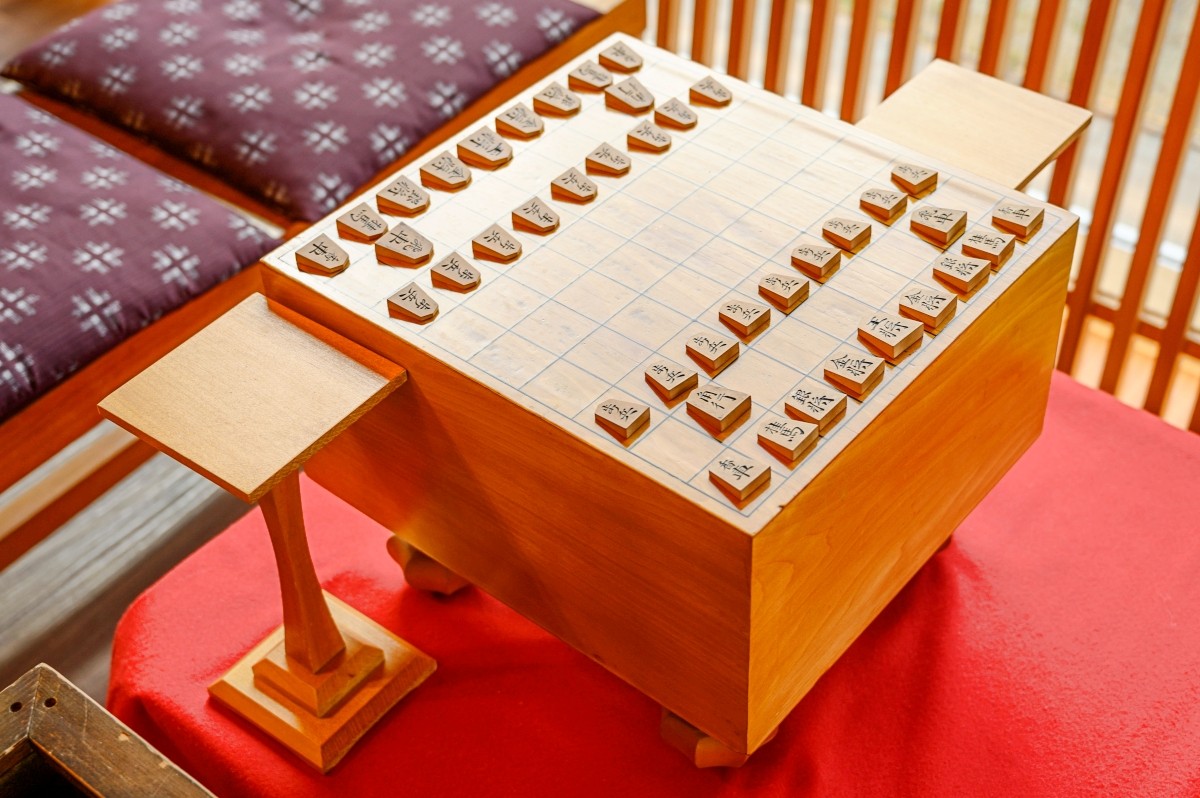
Have you heard of Japan's traditional board game, "Shogi"? It's a game that has been passed down through generations, and recently, it's experiencing a huge boom in Japan. One reason behind this resurgence is the incredible success of Sota Fujii, who became the youngest professional shogi player in history. Fujii has set record after record and even achieved the rare feat of holding all eight major shogi titles at once. His influence has inspired more elementary school students to start learning shogi. It’s said that shogi helps develop critical thinking skills and teaches the traditional Japanese value of showing respect to your opponent. In this article, we’ll explain the basic rules and history of shogi, and also highlight some sightseeing spots related to this fascinating game.
The Rules of Japanese Shogi
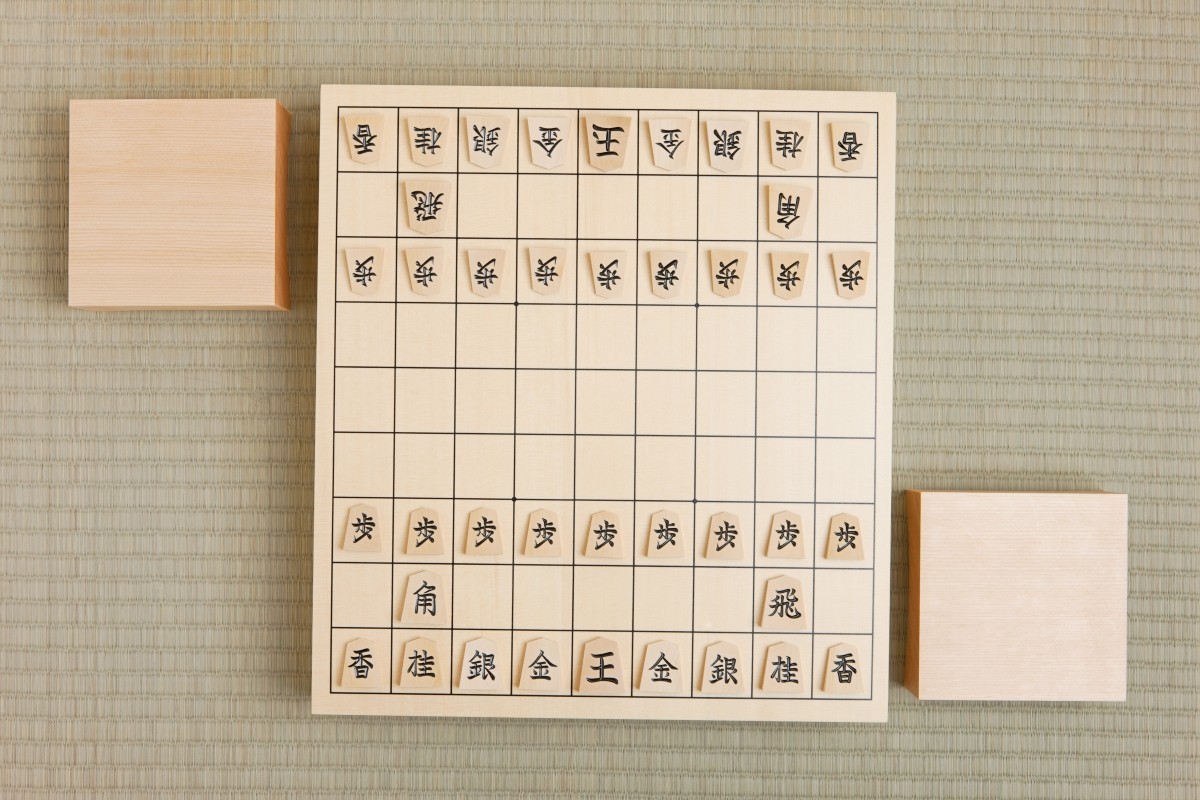
Shogi is a two-player game. It’s played on a board with 81 squares (9x9), and each player starts with 20 pieces, making a total of 40 pieces on the board. There are 8 different types of pieces: "Pawn," "Lance," "Knight," "Silver General," "Gold General," "Rook," "Bishop," and "King." Once the game begins, players take turns moving their pieces one by one. The goal is to capture your opponent's most important piece, the "King," to win.
How the Pieces Move
Pawn
Moves one square forward at a time.
Rook
Can move any number of squares vertically or horizontally.
King
Can move one square in any direction around itself.
Each piece has its own movement pattern. Part of the strategy is deciding how to use each piece for offense or defense. For example, you can arrange pieces to create a strong defense around your King, a strategy known as "castling." Balancing offense and defense while thinking several moves ahead is key to mastering shogi.
What is "Check (Oute) " in Shogi?
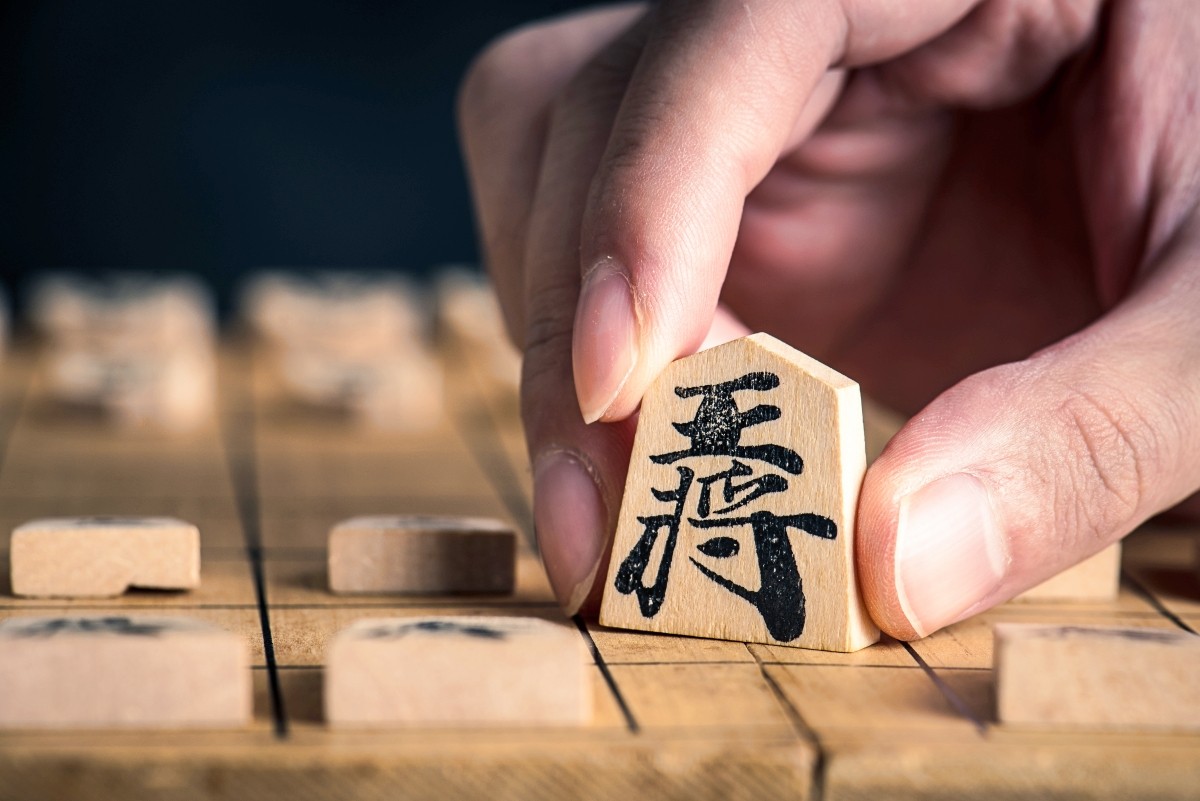
In shogi, the term "oute" (check) is used when your opponent's King is in a position where it could be captured on your next move if nothing is done to stop it.
When you give "check," your opponent must either move the King or block the attack. This back-and-forth battle continues until you place the King in a position where it can't escape or be protected anymore, which is called "tsumi" (checkmate).
Practicing how to checkmate your opponent’s King is a key way to improve your shogi skills.
The ultimate goal in shogi is to capture your opponent’s King. No matter how many other pieces you lose, if you can take their King, you win the game. On the other hand, even if you're on the offensive, you could still lose quickly if you neglect your King’s defense. This is what makes shogi so interesting.
Shogi Etiquette and Manners
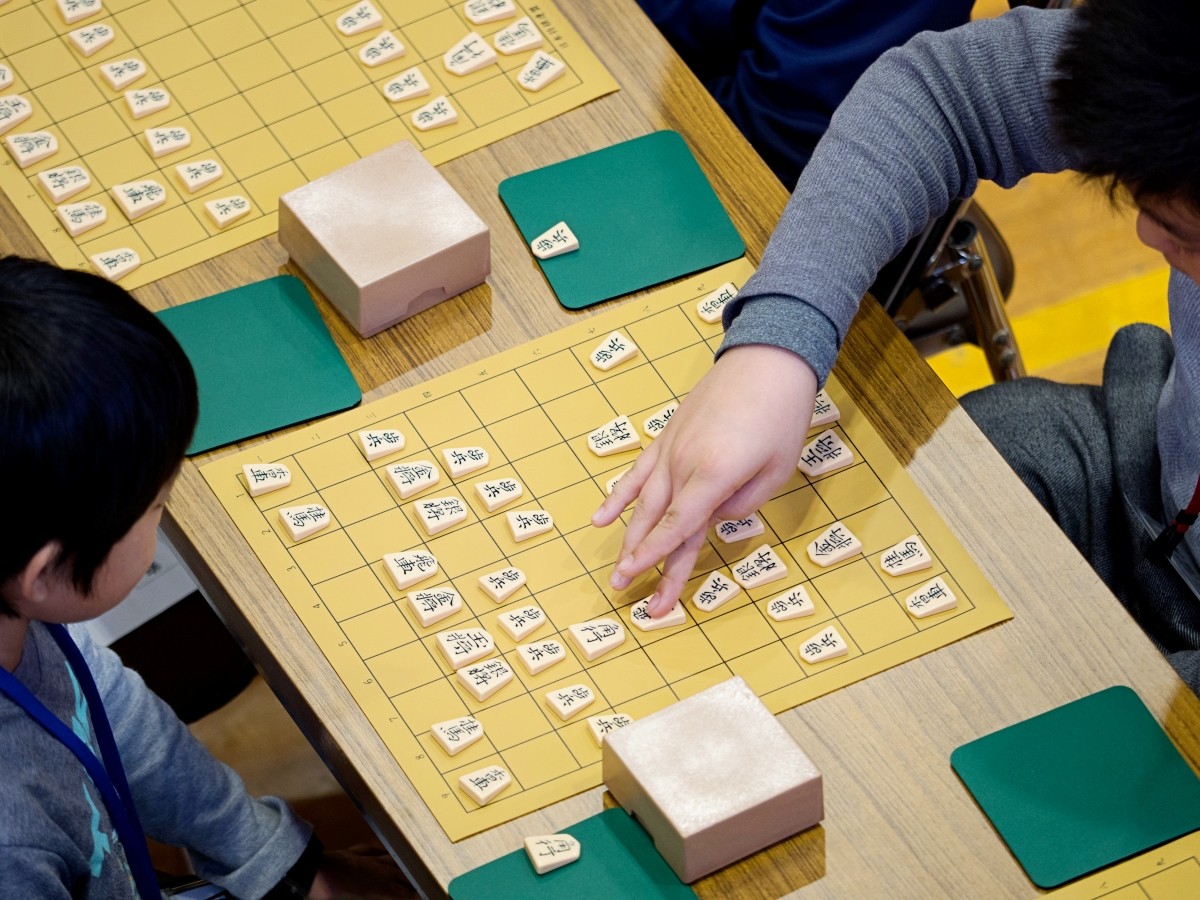
Before the game starts
Many traditional Japanese arts, like martial arts, begin and end with a bow as a sign of respect. Shogi is no exception and places great importance on manners and etiquette. Before starting a game, both players say "Onegaishimasu" (meaning "Let’s play") to each other as a gesture of respect.
When you realize you’ve lost
As the game approaches its conclusion, there is a unique custom in shogi for ending the match. When a player realizes they have lost, they declare their defeat by saying "Makemashita" (meaning "I lost"). This act is called "resignation."
During a shogi match, it’s a serious one-on-one competition where the result is solely your responsibility, whether you win or lose.
By accepting defeat, you acknowledge that your opponent was stronger this time, and you express the desire to play an even better game in the future by declaring "Makemashita."
When you win
On the other hand, if you win, it's important not to express your joy through smiles or fist pumps. Instead, simply say "Arigatou gozaimashita" ("Thank you"), and reflect on the match quietly. In fact, in professional games, it's often hard to tell who won just by looking at the players' expressions and behavior right after resignation.
Shogi is a one-time encounter, a "once-in-a-lifetime" event. It’s important to appreciate your opponent for engaging in the match with you, because without them, there wouldn’t be a game.
This sense of gratitude towards your opponent reflects the traditional Japanese values of showing respect, something that has been cherished throughout history.
The History of Shogi in Japan
Shogi's Origins: What is "Chaturanga"?
There is still much we don't know about when shogi first arrived in Japan, where it came from, or who finalized its current rules. However, it is widely believed that shogi's roots trace back to an ancient Indian game called "Chaturanga."
According to legend, there was once a king in India who was constantly engaged in wars. A monk, wanting the king to find something else to focus on besides war, is said to have introduced the game of Chaturanga.
Chaturanga eventually spread across the world, leading to the creation of over 100 different games. Popular games like European chess, Chinese xiangqi, and Thai makruk all share Chaturanga as a common origin, just like shogi.
Among the many games that evolved from Chaturanga, shogi stands out for having a unique rule.
In shogi, after capturing an opponent's piece, you can use it as your own.
This creates a wide variety of strategic options, making it difficult to predict moves several turns ahead. As the game progresses, players accumulate captured pieces, increasing both their offensive and defensive capabilities, leading to intense battles toward the endgame.
Shogi as a Pastime for the Elite
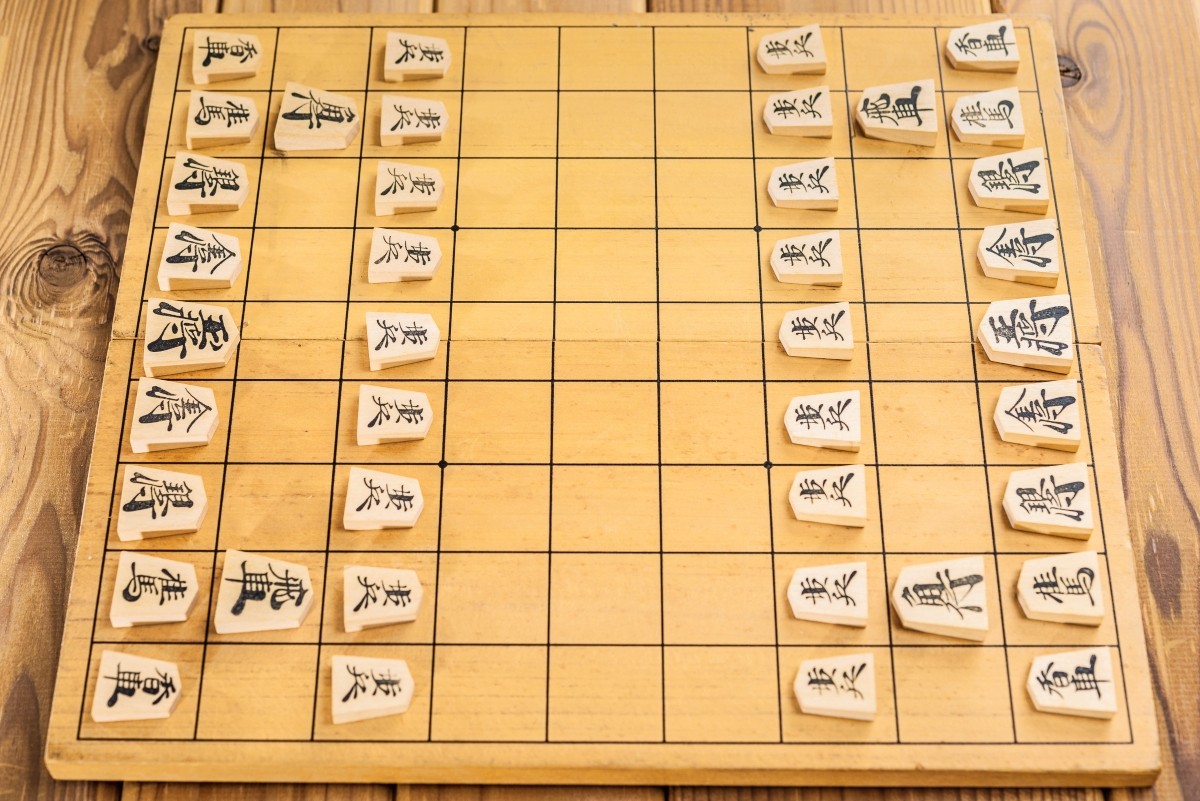
In 1993, the oldest shogi pieces in Japan were discovered at Kōfuku-ji Temple in Nara Prefecture.
These pieces are believed to date back to 1058 (Heian Period). The discovered pieces were pentagonal, just like modern shogi pieces, and had the same kanji characters on them. Since literacy at the time was limited to the imperial family and the aristocracy, it’s thought that shogi spread as a form of entertainment among the upper class.
During the Edo Period, shogi received further recognition when Tokugawa Ieyasu, a noted shogi enthusiast, began awarding stipends (salaries) to professional shogi players. These players were tasked with various duties, including performing shogi matches before the shogun once a year, as well as attending Tokugawa family ceremonies and events. One of the shogi players who received a stipend was Ōhashi Sōkei (1555–1634). The Ōhashi family (main branch and secondary branch) and the Itō family became known as the "Three Great Shogi Families," and the title of "Meijin" (master player), which recognized the top shogi player of the era, was passed down hereditarily.
Shogi’s Popularity Among the Common People, Thanks to Newspapers
After the collapse of the Edo Shogunate and the arrival of the Meiji era, shogi's popularity began to wane.
It was newspapers that helped sustain shogi culture during this time. The Asahi Shimbun newspaper published shogi puzzles (called tsume-shogi) and game records, allowing the general public to enjoy shogi in a quiz-like format. Newspapers across Japan made efforts to preserve and promote shogi culture, which eventually led to the creation of the Eight Major Shogi Titles that exist today. The position of "Meijin," once passed down through heredity, became a title that was earned through merit-based competition.
What Are the Eight Major Shogi Titles?
Among the tournaments (kisen) in which professional shogi players participate, there are eight prestigious ones that rank at the top, and the champions of these tournaments are awarded titles. Currently, the eight title tournaments are the "Ryūō-sen," "Meijin-sen," "Ōi-sen," "Ōza-sen," "Kioh-sen," "Eiō-sen," "Ōshō-sen," and "Kisei-sen."
| Title Name | Organizer(s) | Year Started | Rules | Current Title Holder (as of 2024) |
Ryūō | Yomiuri Shimbun | 1988 | Best of 7 games | Sota Fujii |
Meijin | Asahi Shimbun | 1935 | Best of 7 games | Sota Fujii |
Ōi | Three Newspapers (Tokyo Shimbun, Hokkaido Shimbun, Nishinippon Shimbun) | 1960 | Best of 7 games | Sota Fujii |
Ōza | Nihon Keizai Shimbun | 1953 | Best of 5 games | Sota Fujii |
Kioh | Special Sponsor | 1974 | Best of 5 games | Sota Fujii |
| Eiō | Nikkan Gendai, Nisaka Corporation | 2015 | Best of 7 games (time limits vary by round: 1, 3, 6 hours) Time limits differ depending on the round | Takumi Ito |
Ōshō | Sports Nippon, Mainichi Shimbun | 1950 | Best of 7 games | Sota Fujii |
Kisei | Sankei Shimbun | 1960 | Best of 5 games | Sota Fujii |
Each of these title tournaments involves a best-of-five series (first to win three games) or a best-of-seven series (first to win four games) between the titleholder from the previous year and a challenger who has advanced through the qualifying rounds. The player with the most wins earns the title.
Among the eight major titles, the Meijin-sen and Ryūō-sen are considered the pinnacle of the shogi world.
Notably, the qualifying rounds for the Meijin-sen are known as the "Juni-sen," which is a ranking league for professional shogi players. These players are divided into five classes: Class C2, Class C1, Class B2, Class B1, and Class A. In each league, a few top players advance to the next class, and from the top ten players in Class A, the challenger for the Meijin title is determined. Becoming a Meijin is a difficult path, as it takes at least five years to rise through the ranks from Class C2 to Class A after turning professional.
Famous Shogi Locations in Japan
Tendo City, Yamagata Prefecture
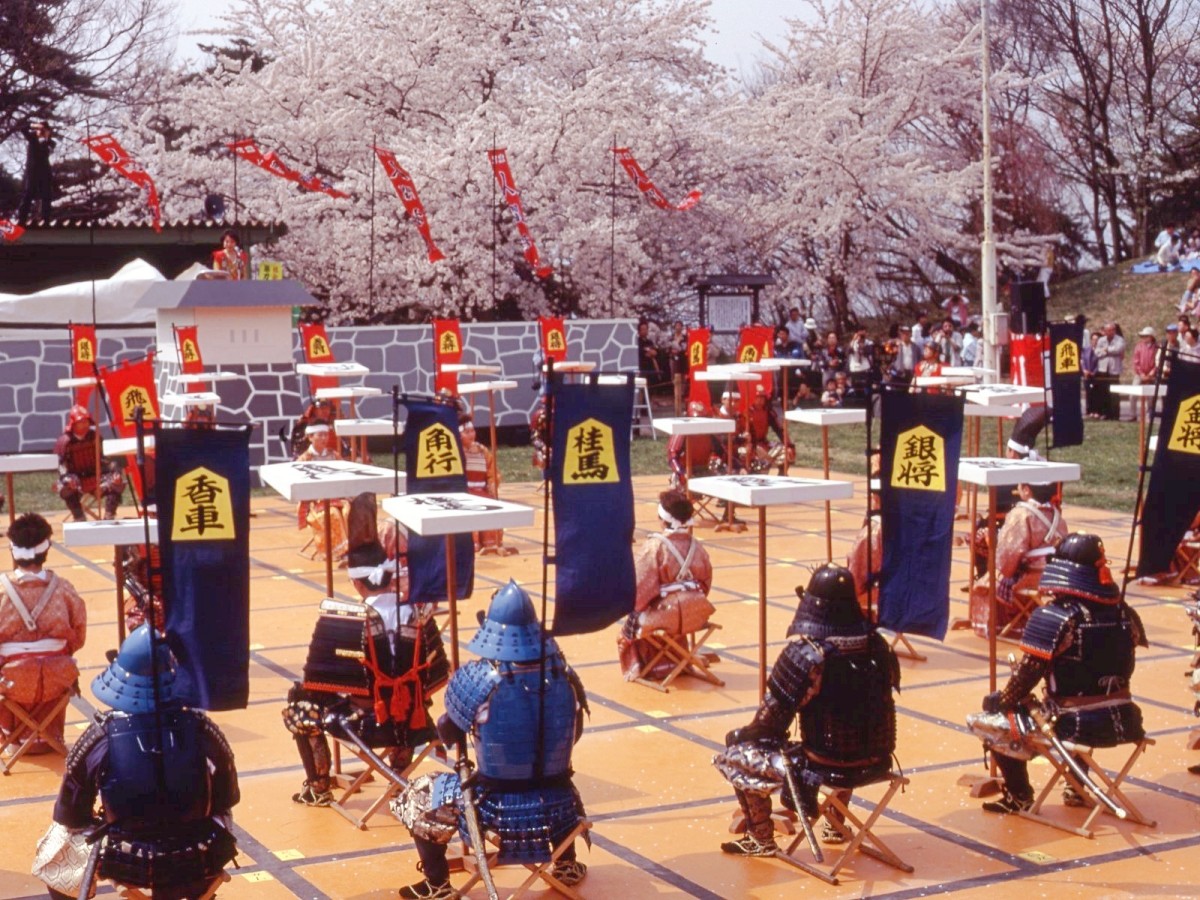
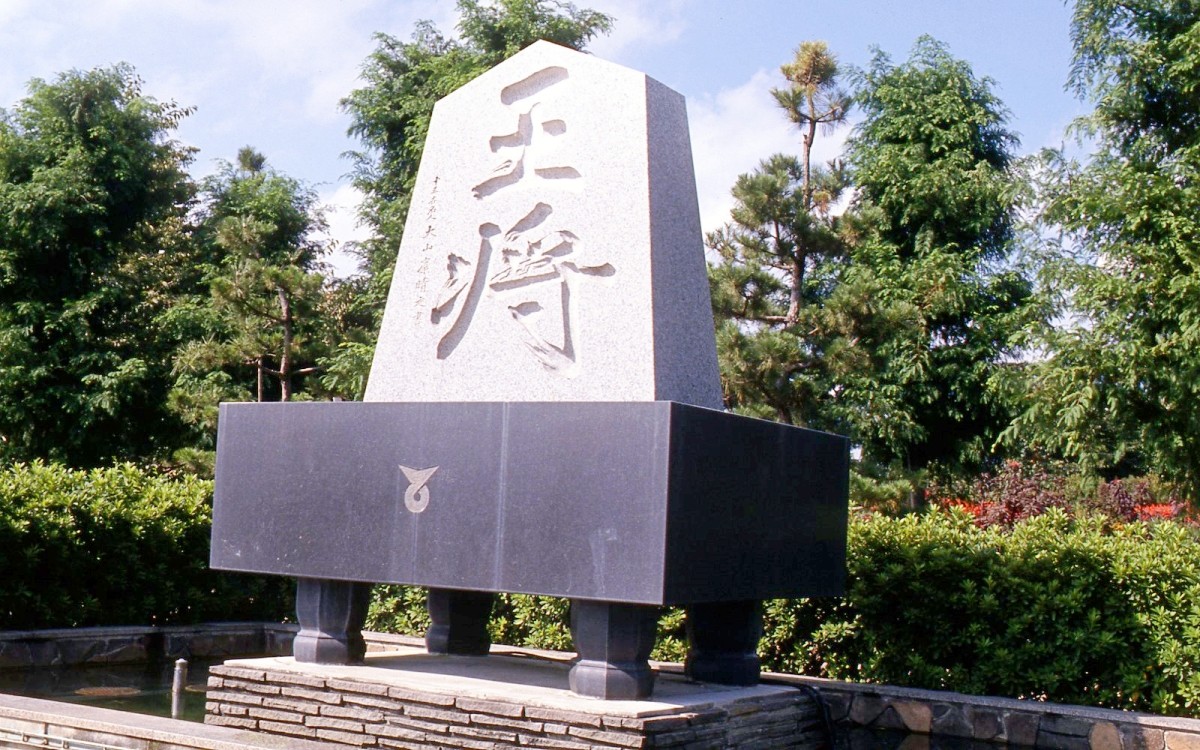
Tendo City in Yamagata Prefecture is known as Japan’s largest producer of shogi pieces. The tradition began in the late Edo period when Yoshida Daihachi of the Tendo Oda Clan encouraged shogi piece production to help samurai struggling with financial hardship. The high quality of Tendo's shogi pieces was officially recognized in 1996 when they were designated as a traditional craft by the Japanese government. Tendo City has continued to promote itself as a "shogi town."
Every year in the second week of April, the "Tendo Cherry Blossom Festival Human Shogi Match" takes place at the top of Maizuru Mountain Park. People dressed in armor and kimono act as pieces, while professional shogi players direct the game. It’s said that Toyotomi Hideyoshi once held a similar outdoor shogi match, and shogi fans gather every year to witness the event. Additionally, throughout the city, you can find tsume-shogi (shogi puzzles) on sidewalks and utility poles, and shogi pieces adorning mailboxes and manhole covers, giving the whole city a shogi-inspired atmosphere.
Seto City, Aichi Prefecture
Seto City in Aichi Prefecture is famous as the hometown of Sota Fujii, who holds seven major titles as of October 2024. Fujii became the youngest professional shogi player in history at 14 years and 2 months and later set a record with 29 consecutive wins. He went on to become the youngest Meijin in history at 20 years and 10 months and, in 2023, became the first player to hold all eight major titles, setting numerous other records along the way.
Ginza Street Shopping District
The Ginza arcade is known for tsume-shogi boards painted on the shutters of stores and for selling various Sota Fujii-themed merchandise in support of the local champion.
Kawamuraya Gaei
A traditional confectionery shop with a history of over 160 years. Their specialty "Hisha-kaku Monaka," filled with white bean paste, is a popular treat among fans, symbolizing a "white victory" (white star).
Seto City Tourism Information Center
The center sells Sota Fujii-themed goods. Seto City has been famous for ceramics since the Heian period, and because of its historical significance, Japanese pottery is often referred to as "Setomono." The information center also sells shogi pieces made from Seto ceramics.
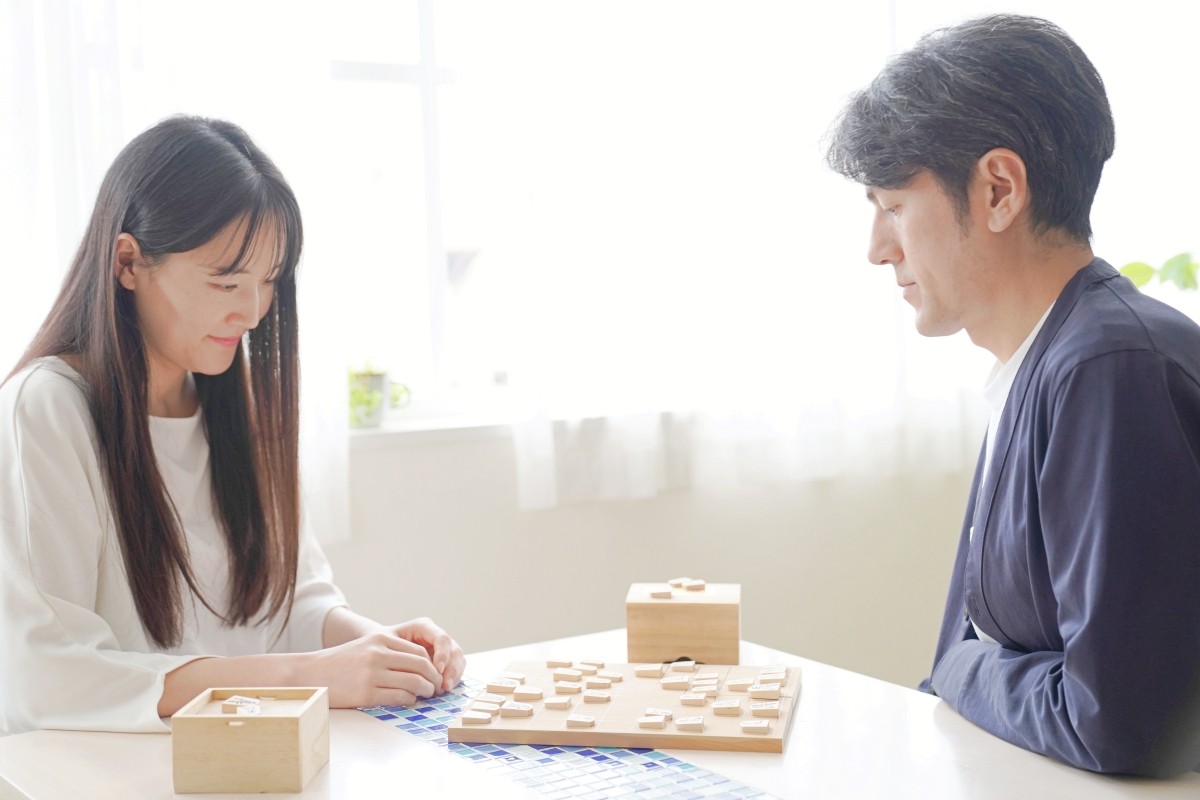
In recent years, shogi has been gaining increasing popularity in Japan. The game is now recognized for its educational potential, and there is even a movement to introduce shogi into elementary school curriculums. It's said that playing shogi allows individuals to quietly reflect on themselves, build mental strength to accept defeat gracefully, and foster respect and gratitude toward their opponents.
If you visit Japan, why not participate in shogi events across the country? Through shogi, you're sure to discover a new side of Japan's rich cultural heritage.
References
- "The Age of Sota Fujii" (Asahi Bunko)
- "Shogi as Culture" (Kodansha Gendai Shinsho)
- "400-Year History of Shogi" (Mynavi Shinsho)
- "Why Shogi Pieces Become Money" (Shonen Shashin Shinbunsha)
- "Shogi-SHOGI-"(Bunkeido)
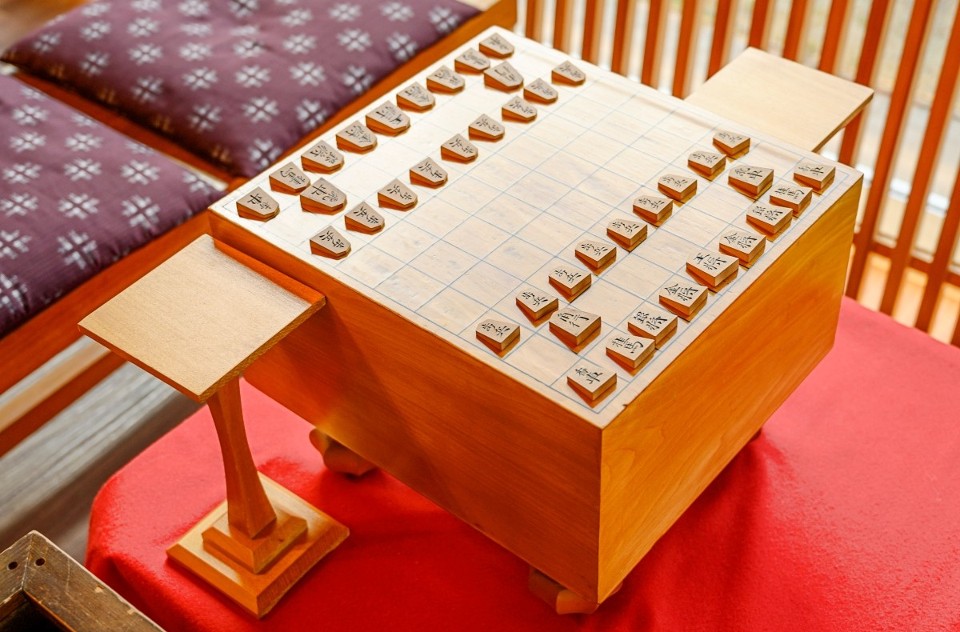
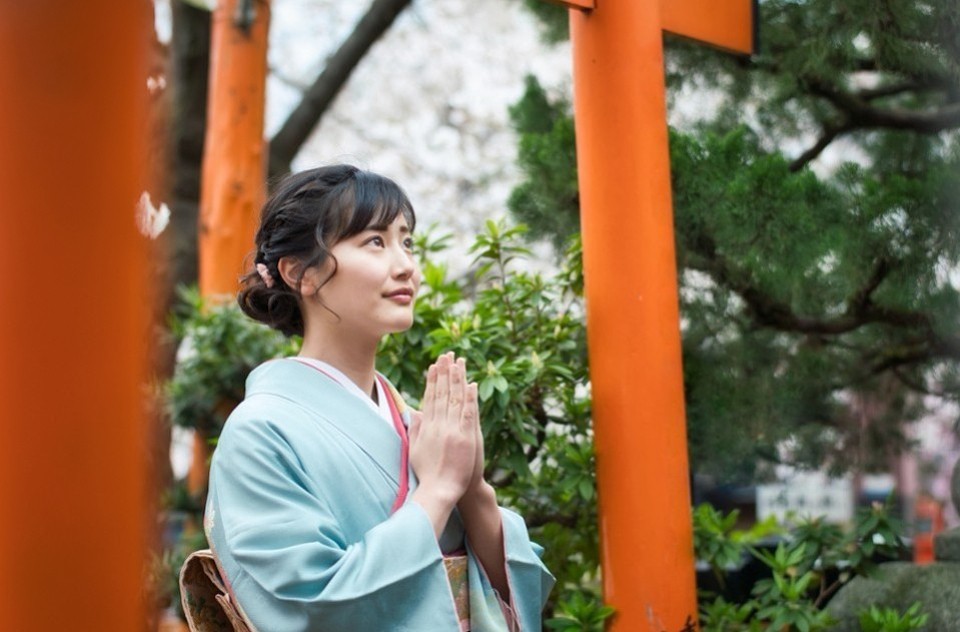
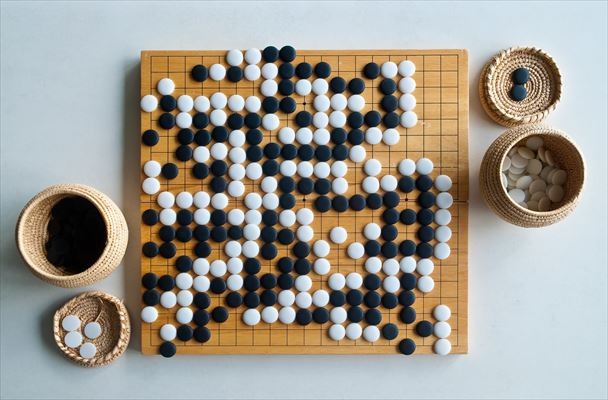
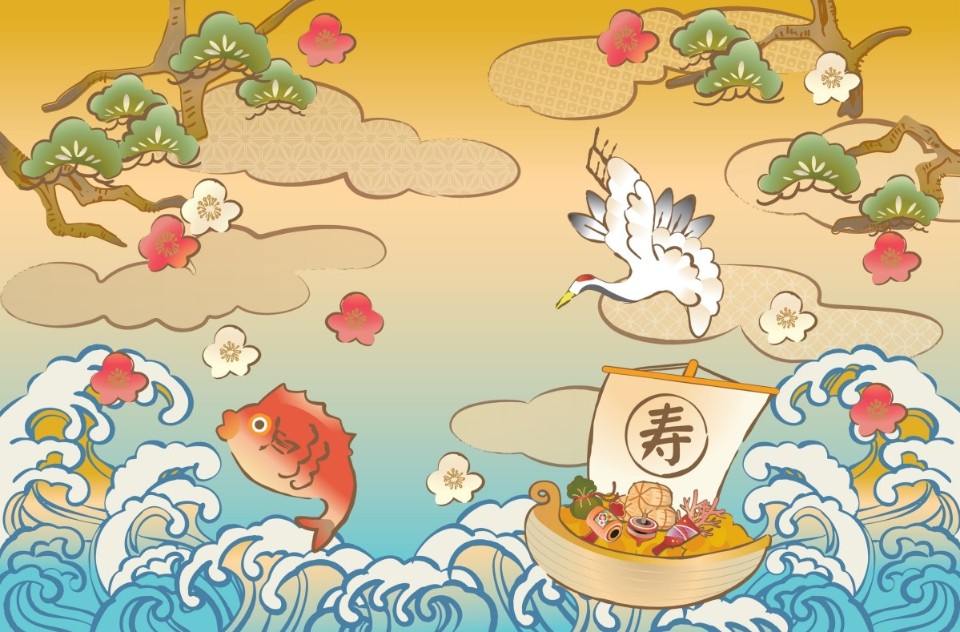
Comments